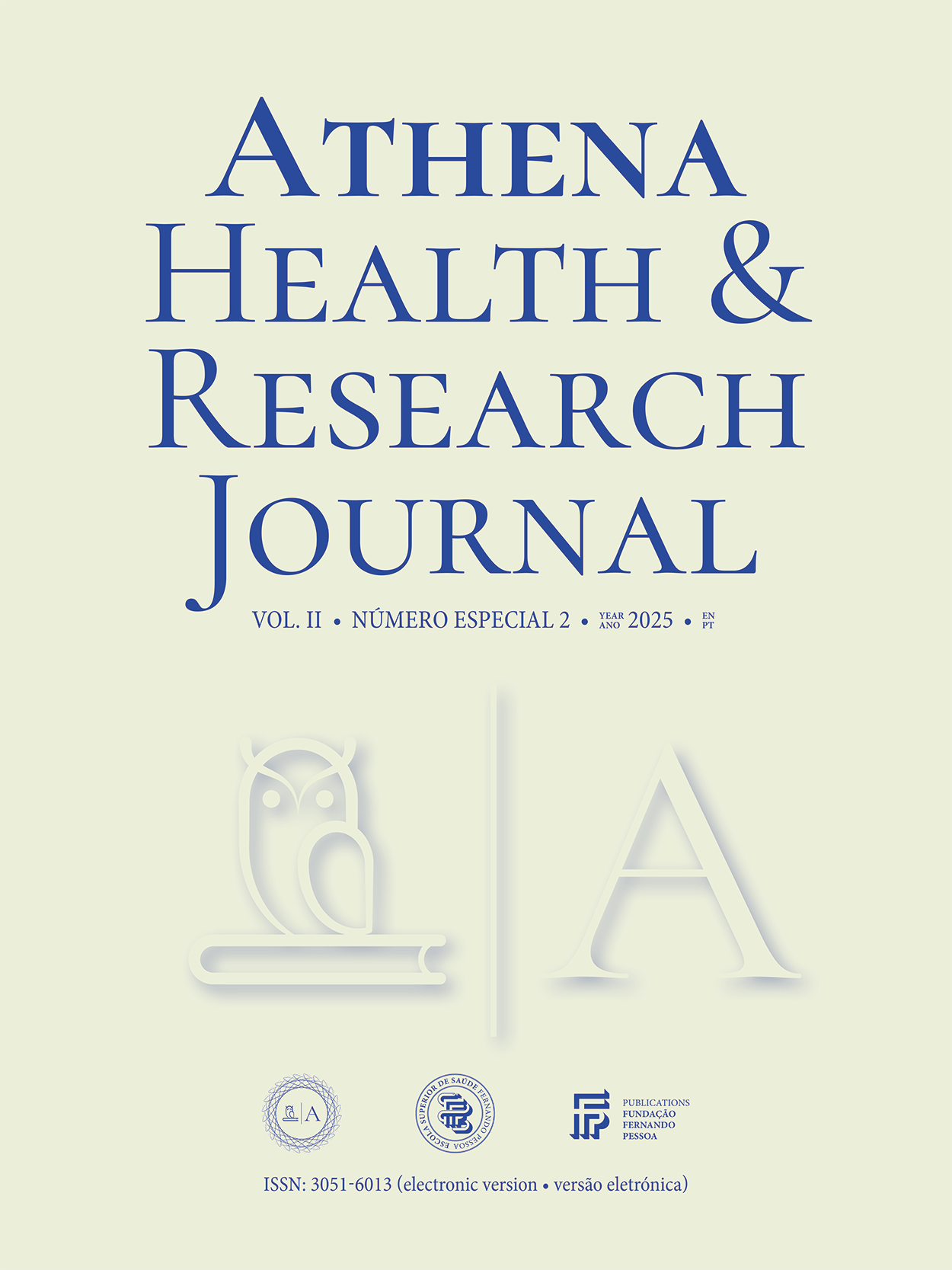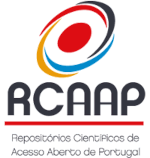Non-surgical treatment of gummy smile with botulinum toxin: clinical case
DOI:
https://doi.org/10.62741/ahrj.v2iSuppl.%202.116Keywords:
gummy smile, botulinum toxin, orofacial harmonization, facial aesthetics, non-surgical treatmentAbstract
Introduction: Gummy smile, or excessive gingival display, is defined as the exposure of more than 2–3 mm of gingival tissue when smiling, with the aesthetic threshold generally starting at 3 mm. This condition affects approximately 10% to 30% of the general population and its perception can vary significantly depending on cultural and individual factors. The causes of gummy smile are multifactorial, involving skeletal, dentoalveolar, and muscular components.
Objective: This clinical case of gummy smile treatment using botulinum toxin, aiming for a minimally invasive and effective aesthetic solution.
Methodology: Botulinum toxin (Botox®) was applied to the upper lip elevator muscles, specifically at the Yonsei point, the confluence of the levator labii superioris alaeque nasi, levator labii superioris, and zygomaticus minor muscles (doses are described in the legend of each clinical case), following an assessment of hyperactivity in the upper lip elevator muscles. After application, patients were instructed not to massage the area and to avoid intense physical activity for the next 24 hours. A follow-up evaluation appointment was scheduled 15 days after the procedure. Photographs were taken at rest and during maximum smile both before the procedure and at the evaluation visit.
Results: The application of botulinum toxin at the Yonsei point in each of the three clinical cases reduced gingival display to levels highly satisfactory for the patients, without altering lip dynamics or aesthetics at rest or during smiling. Regardless of whether excessive vertical maxilla or altered passive eruption was the main cause of the gummy smile, the patients preferred to continue using botulinum toxin as the sole treatment to correct excessive gingival exposure.
Discussion Botulinum toxin is an effective, minimally invasive alternative for gummy smile correction, offering consistent aesthetic results while avoiding the risks and recovery associated with surgical interventions.
Conclusions: Botulinum toxin has proven to be a safe and effective option for correcting gummy smile, providing satisfactory aesthetic results without significant complications, even in the presence of other concurrent causes of gummy smile. These cases reinforce the viability of botulinum toxin as an alternative to surgical procedures for gummy smile correction.
References
NA
Downloads
Published
Issue
Section
License
Copyright (c) 2025 Athena Health & Research Journal

This work is licensed under a Creative Commons Attribution-NonCommercial 4.0 International License.
Copyright of published papers is assigned to the Journal, but all content is licensed under the terms of Creative Commons Non-comercial 4.0 International License. Thus users are allowed to read, download, copy, distribute, print, search, or link to the full texts of the articles, or use them for any other lawful purpose, without asking prior permission from the publisher or the author. This is in accordance with the BOAI definition of open access.














